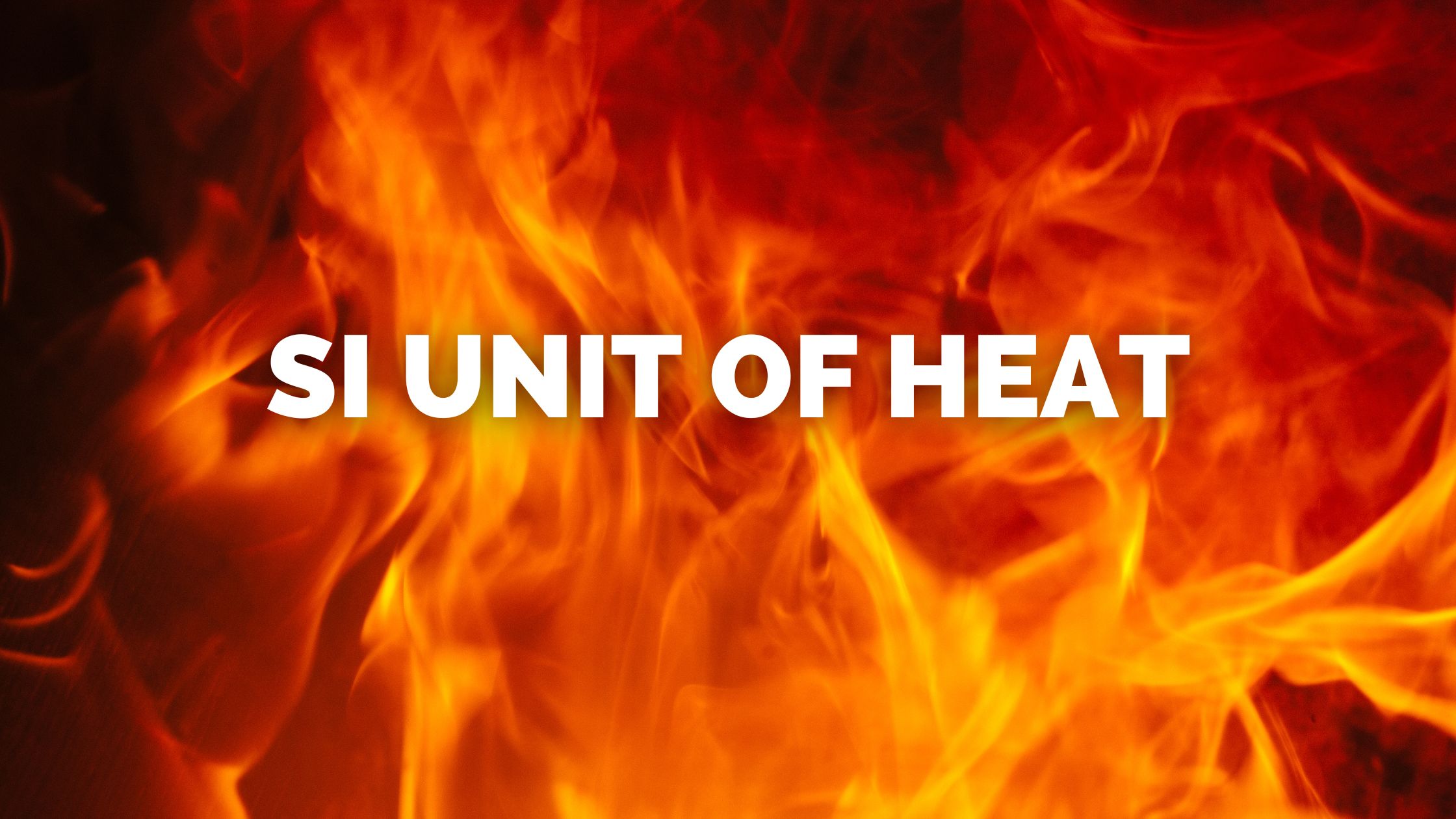
The SI unit of heat is the joule (J).
Heat is a form of energy transferred from one system to another due to a temperature difference. The joule is the unit of energy in the International System of Units (SI) and is used to measure all types of energy, including heat.
Here's why joules are used for heat:
- Energy Transfer: Heat represents the transfer of thermal energy between objects. The joule is the standard unit for measuring all forms of energy, making it consistent for heat as well.
- Temperature and Mass: While some older units of heat might consider factors like temperature change or mass of the object, the joule focuses solely on the energy transferred. This simplifies calculations and makes it a universal unit.
Some other units of heat you might encounter include:
- Calorie (cal): This is a traditional unit of heat, but it can be confusing as there are two main types of calories (calorie and Calorie). The joule is preferred for scientific purposes due to its consistency within the SI system.
- British thermal unit (BTU): This unit is commonly used in the United States for heating and air conditioning applications. However, the joule is gaining wider acceptance due to the benefits of using the SI system.
When you encounter scientific information about heat, you'll most likely see heat quantities expressed in joules (J) or kilojoules (kJ), which is 1000 joules.
